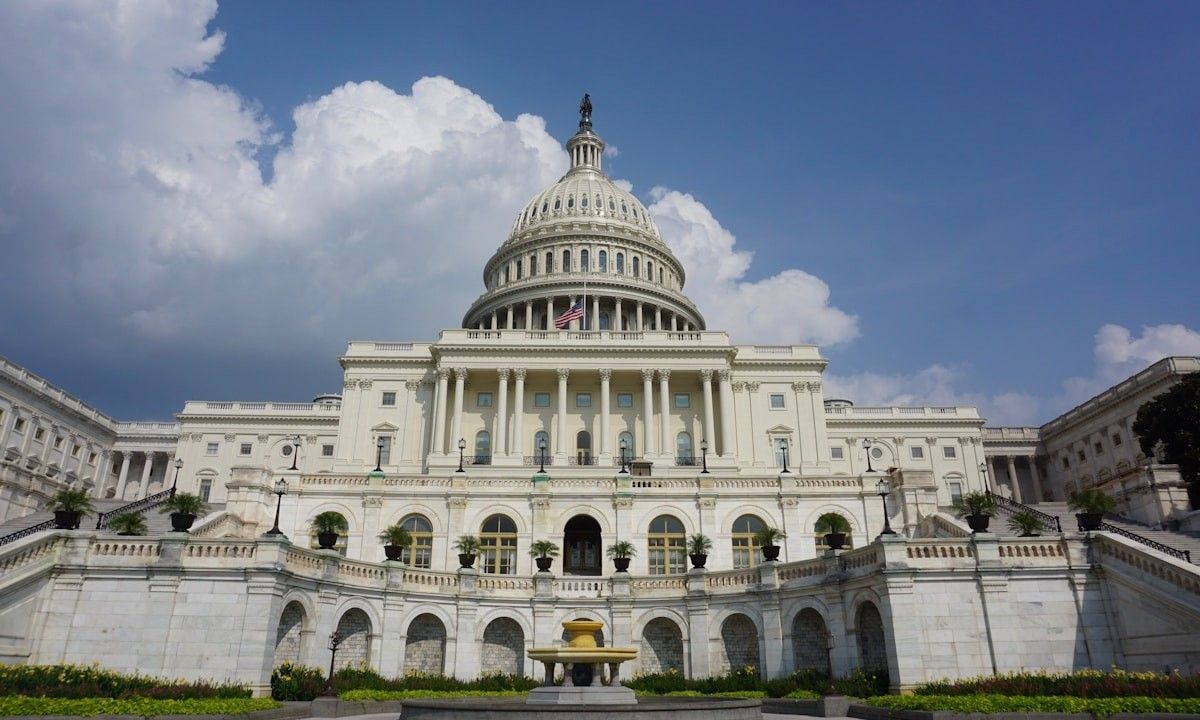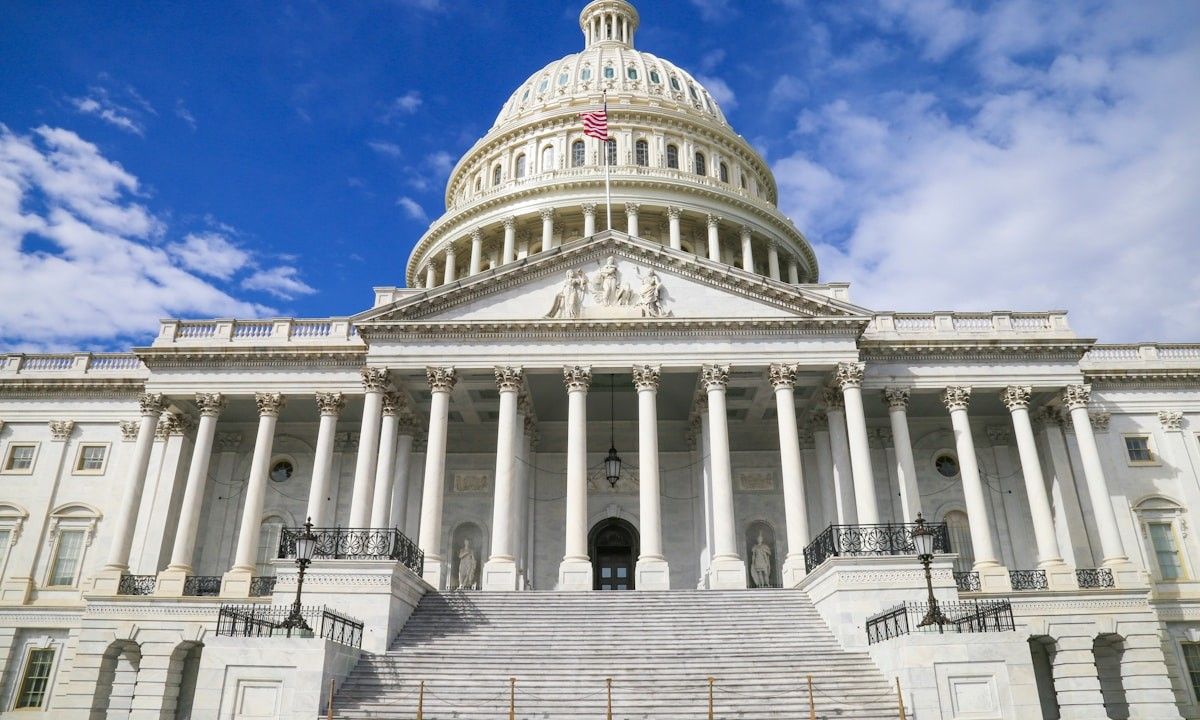eNews, Government
Shutdown resolution: Short-term relief, long-term uncertainty

After a more than 40-day government shutdown, a small group of Senate Democrats gave Republicans the votes they needed to end the shutdown without a vote on expiring Affordable Care Act subsidies. Let’s look at what they didget.
‘Clean’ continuing resolution through January 30
The agreement to reopen the government includes a short continuing resolution that continues last year’s funding through January 30, 2026. This gives Congress a pressing deadline to continue bipartisan negotiations over a full-year funding agreement but also sets up another potential shutdown just over two months from now. The hope, however, is that by making the new date after the expiration of ACA premium subsidies (and presumed resolution of that issue in December), there will be less cause for another shutdown in January.
ACA subsidy vote
Democrats have been calling on Republicans to extend enhanced ACA premium subsidies that expire at the end of the year. While Democrats failed to extract a vote immediately, Senate Majority Leader John Thune promised a vote on legislation of Democrats’ choosing in December. However, in the House, Speaker Mike Johnson has refused to commit to allowing a vote on any Senate-passed extension. Instead, the House is expected to offer its own version of a subsidy extension that includes Republican wish-list items. In short, Democrats lost the fight on this issue, at least for now.
Bipartisan ‘Minibus’ funding package
The last part of the deal to reopen the government included a small ‘minibus’ funding package that funds the Department of Agriculture, the Veterans Affairs Department, and the Legislative Branch through September 30, 2026. This package is the result of bipartisan negotiations between the House and Senate and provides funding at generally pre-Trump levels. It also includes new language that limits the President’s authority to unilaterally defund Democratic-leaning programs. Overall, this is generally a win for Democrats and moderate Republicans, and establishes a pathway to returning order to the federal funding process.
What to expect next – ACA subsidies
After reopening the government, Congress will come back next week to start working on an agreement to extend the expiring ACA subsidies. There is bipartisan support for the subsidies, but conservative opposition, especially in the House, making a clean extension unlikely. Moderates in the Senate are likely to be able to come together with a modest extension that cracks down on fraud and may eliminate some mandatory abortion coverage for ACA plans, but the real test will be what can get House support. Republicans are under enormous pressure to compromise, however, and if President Trump gets involved it could help get a deal across the finish line by mid-December before Congress leaves town for the holidays.
Will we shut down again in January?
Odds are that we will avoid another major shutdown at the end of January. Democrats were resoundingly successful in the recent November off-year elections, predominantly due to their messaging on health care affordability. Republicans will need to find a solution to extending the ACA premium subsidies or they will face significant political backlash next November. That’s why we expect the premium subsidy issue to be resolved by January. Without that looming, Democrats are unlikely to force another long shutdown.





